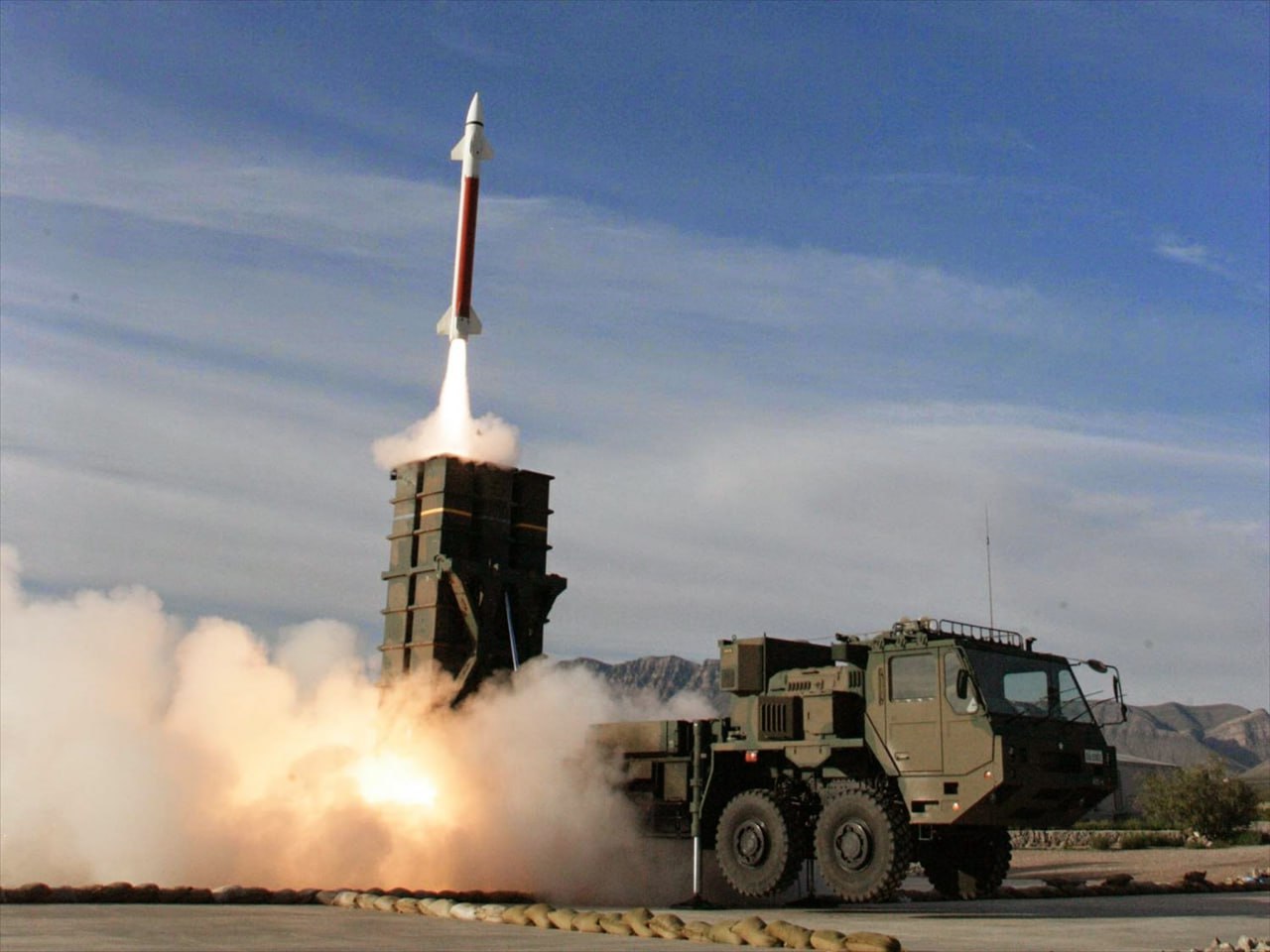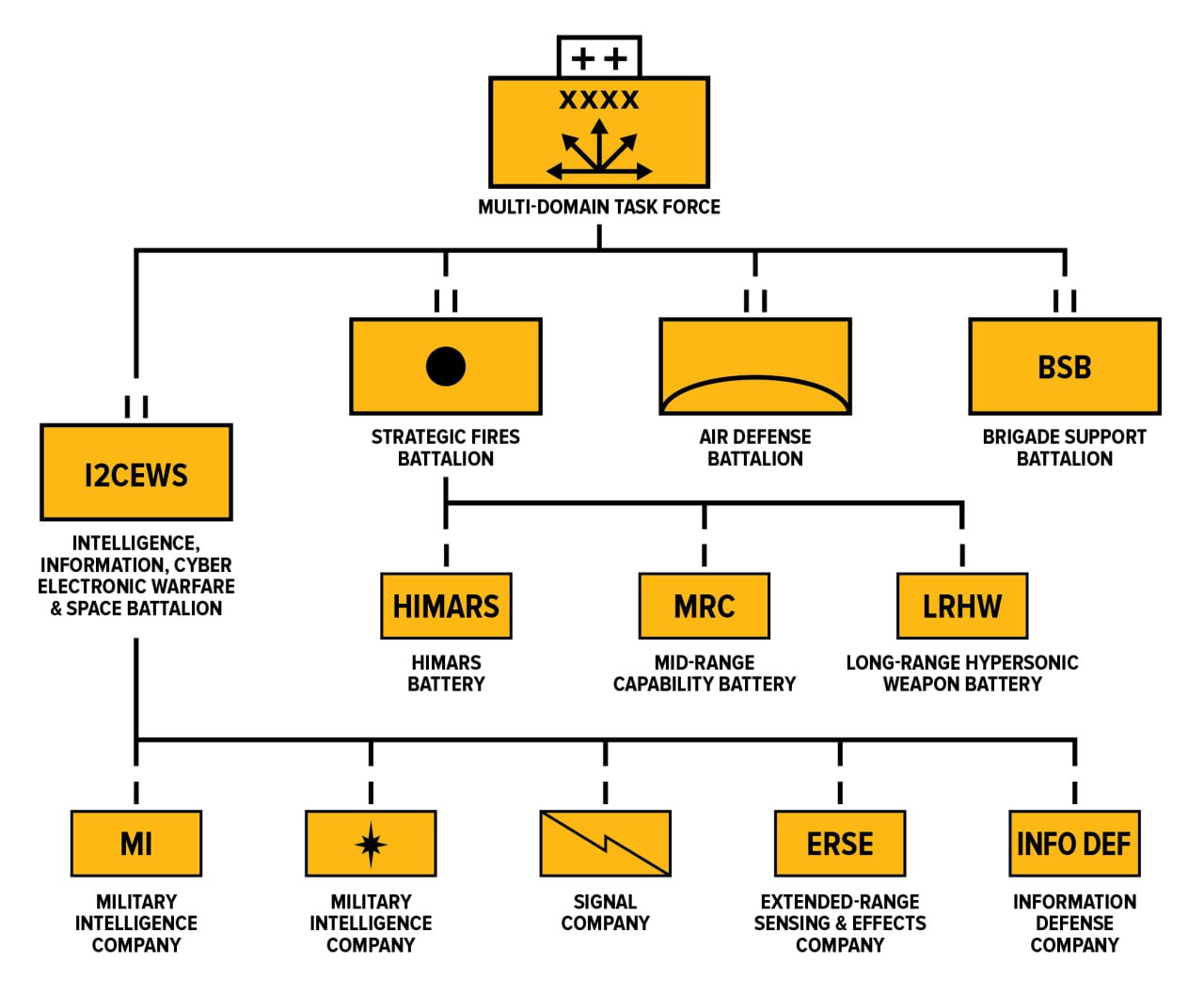Military
This community is dedicated to everything related to military. News, questions, and discussion.
RULES
1. Keep it civil. Self explanatory.
2. Refrain from inflammatory behavior. Criticism of the military is allowed here, but critique comments should be tied to the topic at hand. Vague low effort comments are not productive.
3. Memes on Mondays only. Everyone loves memes, but to keep them from overrunning other content, they are limited to Meme Mondays.
4. Posts must be coherent, and on topic to actual military discussion.
5. Posted articles should be titled in a way that does not materially alter the original title. Fixing a grammar or spelling mistake is acceptable, but omitting part of an article's title or naming the post differently in a way that diverges from the title is not allowed.
**6. Both self-posts and news articles are allowed. Posts that are Wikipedia links are not allowed. Image posts are generally not allowed unless they are original content. For military images, !militaryporn@lemmy.world is a more suitable community.
Dealing with PTSD and/or having thoughts about suicide?
Military/Veteran Crisis Line - 1-800-273-TALK (8255) - Press 1 or text 838255 or click here for 24/7 Confidential online support from a caring, qualified VA professional
Military One Source - 1-800-342-9647
Wounded Soldier and Family Hotline - 1-800-984-8523
DStressLine for Marines, attached Sailors, and families when it's needed most - 1-877-476-7734.
Vets4Warriors - 1-855-838-8255
CombatStress.org UK 24/7 Helpline 0800 138 1619
PTSD Resolution UK The PTSD Resolution charity's national counselling programme helps Veterans, Reservists and dependants resolve the symptoms of military trauma and reintegrate into normal work & family life. 0845 021 7873.
Talking2Minds UK was established with the sole purpose of helping those suffering from PTSD or other severe stress related conditions. They offer free Paradigm therapeutic programs to those most in need within the UK. If you have a general enquiry or would like to find out more, call 0791 712 6708 or email info@talking2minds.co.uk
Related Communities



